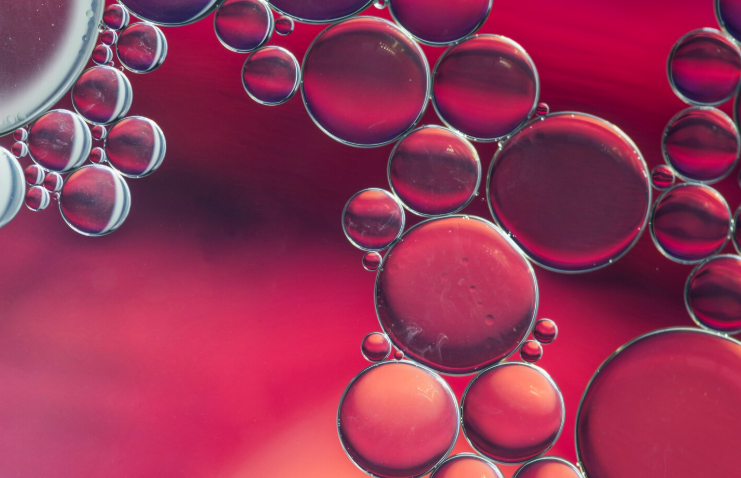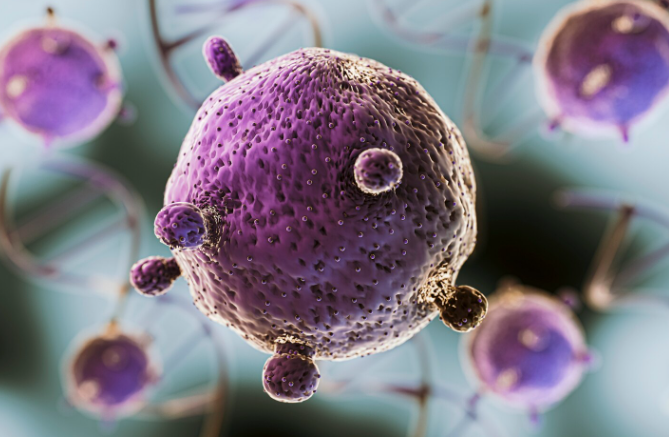When someone decides to undergo stem cell therapy, a common and crucial question arises: how long will the effects last? Stem cell treatments are not one-size-fits-all. They vary depending on the type of condition treated, the body’s response, and the specific protocol used. Understanding the timeline of results can help set realistic expectations and inform decisions about future sessions.
A regenerative process—not an instant fix
Unlike medications that mask symptoms temporarily, stem cell therapies work at a cellular level to regenerate and repair tissue. That means the effects often build up gradually. It may take weeks or even months before a patient experiences the full benefits, especially in treatments related to orthopedic injuries or degenerative conditions.
Once results are achieved, many patients enjoy long-lasting relief—but how long these results persist can differ significantly. For example:
- Joint pain relief may last 6 to 18 months, sometimes longer.
- In aesthetic applications, such as skin rejuvenation, improvements can be seen for 12 months or more, depending on lifestyle.
- In neurological or autoimmune support, the effect may need ongoing monitoring due to the complexity of each case.
If you’re curious about the body’s response to stem cell therapy in pain management, this article about chronic joint pain offers additional insights.
Factors that influence longevity
Several elements affect how long the positive effects of stem cell therapy last:
- Patient’s age and health condition
- Severity and progression of the treated issue
- Lifestyle habits such as smoking, alcohol, or high-impact activity
- Adherence to post-treatment recommendations
- Whether the patient combines stem cells with complementary therapies, such as physiotherapy or platelet-rich plasma (PRP)
When is a follow-up session recommended?
A second session is not always required. In many cases, the first round of therapy leads to extended improvement. However, follow-up treatments are generally considered if:
- The initial benefits begin to fade after a prolonged period.
- The condition evolves or worsens (e.g., further joint degradation).
- The goal is to maintain regenerative momentum, such as in anti-aging or skin therapy.
- The body only partially responded to the first application.
Doctors usually recommend monitoring at 3, 6, and 12 months post-treatment. These check-ins help determine if tissue regeneration is stable or whether a booster might be helpful.
If you’re interested in how stem cells help after surgeries, you can read: Stem Cell Injections vs. Traditional Surgery: Pros and Cons
How to prepare for a follow-up treatment
If a second treatment is advised, it’s important to approach it with the same seriousness as the first. Patients are often evaluated again through imaging studies, blood tests, or physical assessments before proceeding. Additionally:
- You may need to pause certain medications before the procedure.
- Your doctor might suggest lifestyle adjustments to maximize results.
- Each follow-up should be tailored, not just repeated.
Just like any regenerative process, stem cell therapy works with your body’s natural capacity for renewal. Its effects are long-term, but not necessarily permanent. Regular monitoring, healthy habits, and open communication with your medical team are key to extending the benefits—and deciding the right time for a follow-up.
You can also be interested in:
- Preparing your body for a stem cell therapy: what to do and what to avoid
- The truth about stem cells and aging: can they really slow the clock?
Sometimes, giving your body a second boost at the right time can make all the difference between temporary relief and sustainable well-being. If you’ve already had a stem cell session and are wondering whether your body could benefit from a second round, let’s talk about it. You can reach us at +57 311 797 0832 or visit us at Calle 7 Sur # 42-70, Edificio Forum Cons 1211, Medellín.




